Related Research Articles

Vasai is a historical place and city located in Palghar district; which was partitioned out of the Thana district in 2014. It also forms a part of Vasai-Virar twin cities in the Konkan division, Maharashtra, India.

Fort Vasai is a ruined fort of the town of Vasai (Bassein), Palghar, Maharashtra, India. The structure was formally christened as the Fort of St. Sebastian in the Indo-Portuguese era. The fort is a monument of national importance and is protected by the Archaeological Survey of India.

The provinces of India, earlier presidencies of British India and still earlier, presidency towns, were the administrative divisions of British governance on the Indian subcontinent. Collectively, they have been called British India. In one form or another, they existed between 1612 and 1947, conventionally divided into three historical periods:

The Governor of Saint Helena is the representative of the monarch in Saint Helena, a constituent part of the British Overseas Territory of Saint Helena, Ascension and Tristan da Cunha. The governor is appointed by the monarch on the advice of the British government. The current governor of Saint Helena has been Nigel Phillips since 13 August 2022.
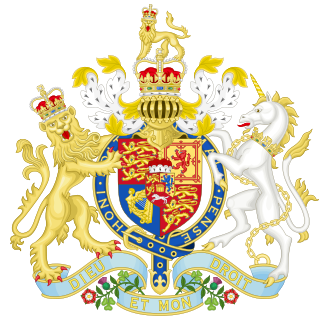
The East India Company Act, also known as Pitt's India Act, was an Act of the Parliament of Great Britain intended to address the shortcomings of the Regulating Act of 1773 by bringing the East India Company's rule in India under the control of the British Government. Named for British prime minister William Pitt the Younger, the act provided for the appointment of a Board of Control, and provided for a joint government of British India by the Company and the Crown with the government holding the ultimate authority. A six member board of control was set up for political activities and Court of directors for financial/commercial activities. As the Regulating Act had many defects, it was necessary to pass another Act to remove these defects.

Rijcklof Volckertsz. van Goens was the Governor of Zeylan and Governor-General of the Dutch East Indies. He was the Governor of Zeylan from 12 May 1660 to 1661, then in 1663 and finally from 19 November 1664 to 1675 during the Dutch period in Ceylon. He was also served as Council Member of India during 1679. Van Goens’ managed to monopolize the cinnamon trade, get hold of the Malabar pepper and drive away the Portuguese from Ceylon and the Coromandel Coast for the VOC.
Indigenous tribals have inhabited Mumbai (Bombay) since the Stone Age. The Kolis and Aagri were the earliest known settlers of the islands. The Maurya Empire gained control of the islands during the 3rd century BCE and transformed them into a centre of Hindu-Buddhist culture and religion. Later, between the 2nd century BCE and 10th century CE, the islands came under the control of successive indigenous dynasties: the Satavahanas, Abhiras, Vakatakas, Kalachuris, Konkan Mauryas, Chalukyas, Rashtrakutas, Silharas & Chollas.
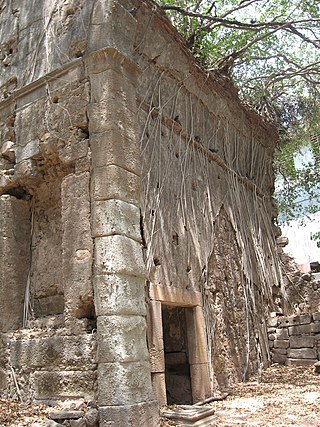
Bombay, also called Bom Bahia or Bom Baim in Indo-Portuguese creole, Mumbai in the local language; is the financial and commercial capital of India and one of the most populous cities in the world. It's also the cosmopolitan city centre of the Greater Bombay Metropolitan Area, and the cultural base of the Bollywood film industry. At the time of arrival of the Portuguese Armadas, Bombay was an archipelago of seven islands. Between the third century BCE and 1348, the islands came under the control of successive Hindu dynasties. The Delhi Sultanate had been ruling the area along with Chaul, New Bombay (Thana) & Damaon, with the administrative centre in Bassein (Vasai) since the raids of Malik Kafur in the Konkan region and across the Indian subcontinent. This territory in North Konkan along with the Bombay islands were later taken over by the Sultan of Guzerat from 1391 to 1534, when he had declared the end of the suzerainty of Delhi after the Timurid invasion of it. Growing apprehensive of the power of the Moghal emperor Humayun, Sultan Bahadur Shah of Gujarat was obliged to sign the Treaty of Bassein on 23 December 1534; according to which, the seven islands of Bombay, Fort San Sebastian of Bassein in strategic town of Bassein (Vasai), and its dependencies were offered to the Portuguese East Indies. The places were only later officially surrendered on 25 October 1535, by the Sultan of Guzerat.
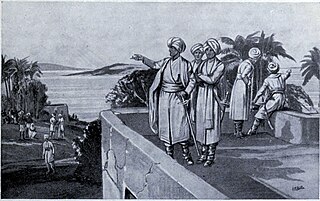
Humphrey Cooke, known in Portuguese chronicles as Inofre Coque, was the first English governor of the Bombay Presidency during the rule of the Honourable East India Company.
Captain Richard Keigwin was a rebel governor of Bombay in 1683–84 during the East India Company's charter over Bombay. He was never recognized in this position by the Company. He acted as governor of Bombay with the support of the militia, whose salaries had been cut by the Governor, Joshua Child. He was also supported by the population at large who welcomed the withdrawal of trade monopolies during this period.
William Aislabie was a British governor of the Bombay Presidency during the days of the East India Company.
Henry Young was the first Deputy Governor of the Bombay Presidency from 1668 to 13 November 1669 after capture from the Dutch. Concurrent with the term of Sir George Oxenden, his term oversaw the establishment of Bombay and the arrival of is first urban residents.
John Vaux was the Deputy Governor of Bombay in 1689. In the year 1697, when Vaux, along with his wife, were enjoying a boat ride in River Tapi in Surat, the boat capsized. A landmark known as Vaux's Tomb was built at the mouth of the River Tapi. The tomb served as a guide to approaching sailors.
George Cooke was the Deputy Governor of Bombay from 1689 to 1690.
George Weldon was an English merchant and the Deputy Governor of Bombay.
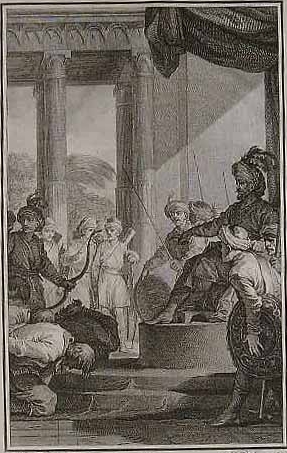
The Anglo-Mughal War, also known as Child's War, was the first Anglo-Indian War on the Indian subcontinent.
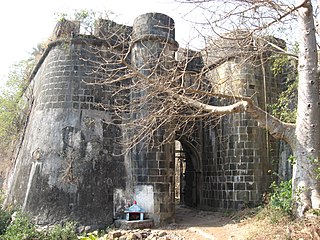
The military history of Bassein encompasses the period from 1526, when the Portuguese established their first factory at Bassein, until 1818, when Bassein lost its strategic importance following the defeat of the Marathas by the British.

Asia was built at Bombay Dockyard in 1797. She made at least two voyages for the British East India Company (EIC) before the British Royal Navy purchased her in 1805 in the East Indies. The Royal Navy renamed her HMS Sir Francis Drake and used her as a frigate. She served in the Java campaign of 1811. When she returned to England in 1813 she was refitted as a storeship. Later, she became the flagship, at Newfoundland, for the governors of Newfoundland. The Admiralty sold her in 1825. New owners renamed her Asia and she sailed between Britain and London until 1831 when Portuguese interests purchased her. She then became the frigate Dona Maria II for the Liberal forces that were attempting to install the rightful queen, Dona Maria II, to the throne of Portugal, and overthrow Dom Miguel, who had usurped the throne. In early 1849 conflict developed between the Portuguese government in Macau and the Chinese government over who could collect taxes and tariffs at Macao. Dona Maria II sailed to Macao as part of a small squadron. An internal explosion destroyed her in the harbour on 29 October.
References
- Da Cunha, J.G.; Cunha, J.G. (1900). The Origin of Bombay. Asian Educational Services. ISBN 9788120608153 . Retrieved 9 November 2015.
- John Keay. The Honorable Company: A History of the English East India Company. New York: Macmillan, 1991. p. 138.